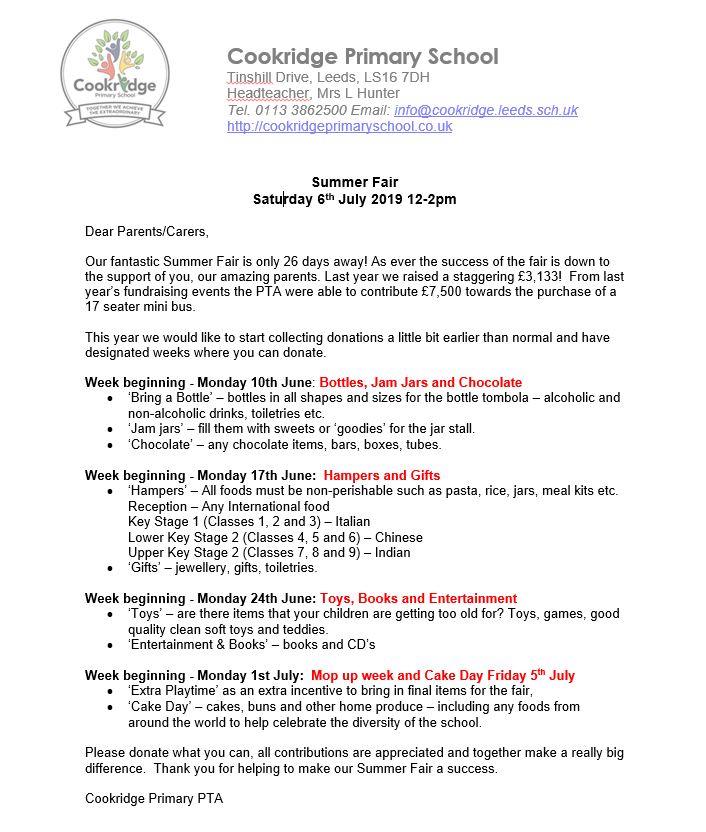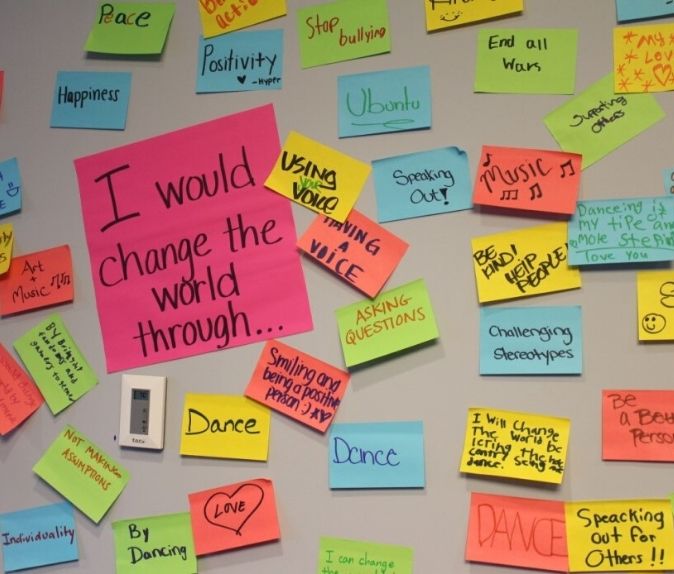Best Tips To Selecting Italian Primary Teaching Materials
Wiki Article
What Textbooks, Workbooks And Other Books Are Required For Italian Preschools?
Italian nurseries are famous for their approach to play-based learning. They don't utilize textbooks or other conventional workbooks. Books play an important role in encouraging children to read and develop their language. Picture books are ideal to help children develop their imagination, vocabulary and love of literacy. They typically feature engaging illustrations and simple, easy-to-understand text.
Board books: Boardbooks are sturdy, thick books that are designed for youngsters who are still learning to hold the book. These books can be used as a method to introduce children to a range of topics such as shapes, animals, and colors.
Nursery rhymes: Children can learn social abilities, language skills and develop memory skills by listening to nursery rhymes. Italian nursery schools might utilize nursery rhymes and songbooks in their everyday activities and during circle time.
Books on diversity and inclusion are essential to help young children understand the importance of diversity and inclusion. Children can learn empathy, respect, and a sense of understanding through books featuring characters with diverse backgrounds, abilities, and cultures.
Italian language books: Italian nursery schools may utilize books that are written in Italian to aid children in learning the language and improve their language abilities. Simple tales, picturebooks as well as books that include Italian songs and rhymes could be included in these publications.
The books you choose to read with your children should be age-appropriate fascinating, engaging and appropriate for their cultural context. Teachers and caregivers can employ books to stimulate children's curiosity and inspire them to explore different themes and topics. Take a look at the top rated sostegno italiano for more advice.

What Maths Teaching Aids And Educational Materials Are Recommended In Italian Nurseries?
Mathematical teaching materials and educational tools can assist Italian nursery children to develop their numerical and spatial skills, as well as problem-solving. Some examples of recommended materials include: Counting manipulatives: The use of counting manipulatives such as counting bears and blocks can help children develop their counting skills along with fine motor abilities and hand-eye coordination.
Number cards and charts They can be used to help introduce children to counting and numbers. These could include huge, vivid numbers for the walls, or smaller ones that kids can hold and manipulate.
Shape manipulatives: Shape manipulatives such as wooden puzzles, magnetic tiles, and pattern blocks are a great way to help children develop their spatial reasoning skills and learn about different shapes and their properties.
Measuring tool: Measuring or comparing tools, such as rulers, measuring instruments, and scales, could help children to learn and develop their math vocabulary.
Simple games and Puzzles Simple puzzles and games such as jigsaws, dominoes or games that match can aid in developing children's problem-solving capabilities, attention to details and focus.
Technology-based learning aids for students. Technology aids like tablets with math-related games and apps can help students learn in the classroom and offer them additional resources.
Use these tools at a level that is appropriate for your child's age, and make sure they are suitable and safe for children. Teachers and caregivers are able to utilize these tools to develop exciting, interactive math games which promote curiosity and love for learning. Have a look at the top schede didattiche matematica for site info.

What Science Didactic Cards Do Italian Nurseries Recommend?
Science-related didactic cards are helpful in introducing young children in Italian nurseries to fundamental scientific concepts. These are some of the types of science didactics cards that could be recommended. Animal cards: These aid children to learn about the animals and their features. You can use illustrations of animals and their surroundings to make learning more enjoyable.
Plant cards: Plant card can be used to educate children about the features of different plants. The cards for plants can be illustrated using illustrations of different plants as well as their development stages. This can make the learning experience more enjoyable.
Weather cards: These cards help children to understand the effects of various types and conditions on the earth. These cards can include illustrations of various weather conditions, including rain, snow and sun.
Space Cards: These cards aid children to learn about the Solar System and the different Planets. They could feature images of the planets as well as their distinctive features.
Human body-cards: They could teach children about how the various parts of our body work. They could include illustrations of the various body parts and their functions.
It is crucial to select science-based didactic materials that are fun and engaging for kids of all different ages. Teachers and caregivers are able to make use of these cards for exciting and engaging activities that stimulate children's interest in learning about the world. Follow the best materiale didattico scienze sostegno for site tips.

What Materials For Teaching Geography Are Needed In Italian Nurseries?
In Italian nurseries, geography teaching tools can be utilized to aid children in learning about the world and other cultures. Here are a few examples of geography-related teaching materials that may be needed such as maps. They can help children to comprehend the geography and geography of different nations and regions, as well the location of natural landmarks.
Globes aid children in imagining the Earth's surface and also teach about continents and the oceans.
Videos and pictures. Videos and pictures of different cultures, places and individuals can teach kids a lot about the world.
Books: Books featuring different locations and cultures can help children gain an interest in geography and a sense of wonder about the world.
Natural materials. Rocks, shells and plants aid children in understanding different environments and eco-systems.
Field Trips: Children are able to learn valuable geography through field trips to local zoos, parks and museums.
Choose teaching materials for geography that are suitable for the children's age and are sensitive to cultural differences. These materials can be used by teachers and parents to develop interactive and enjoyable geography-related activities. This will encourage children's curiosity about the world as well as their enthusiasm for learning. Take a look at the best schede didattiche geografia sostegno for website recommendations.
